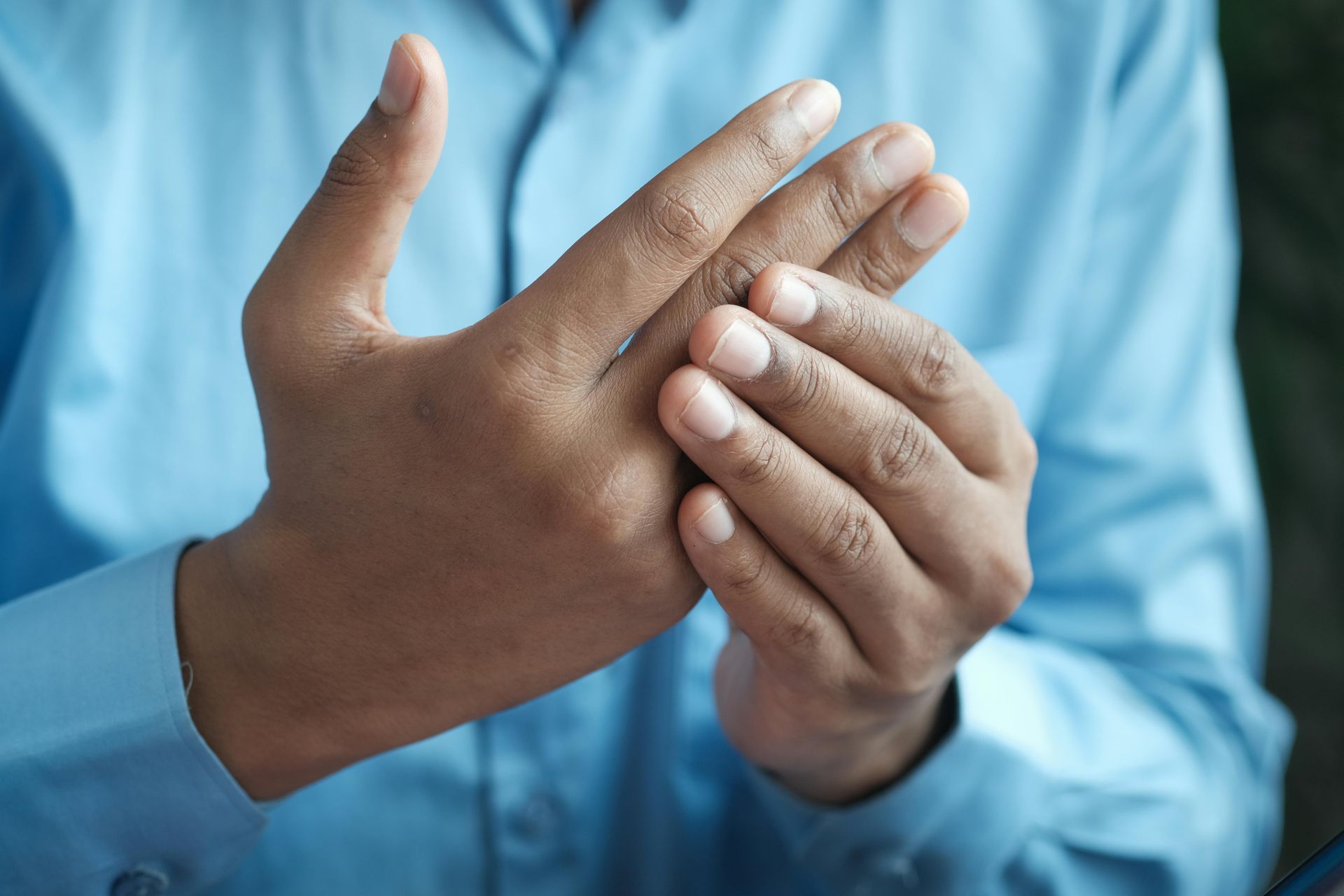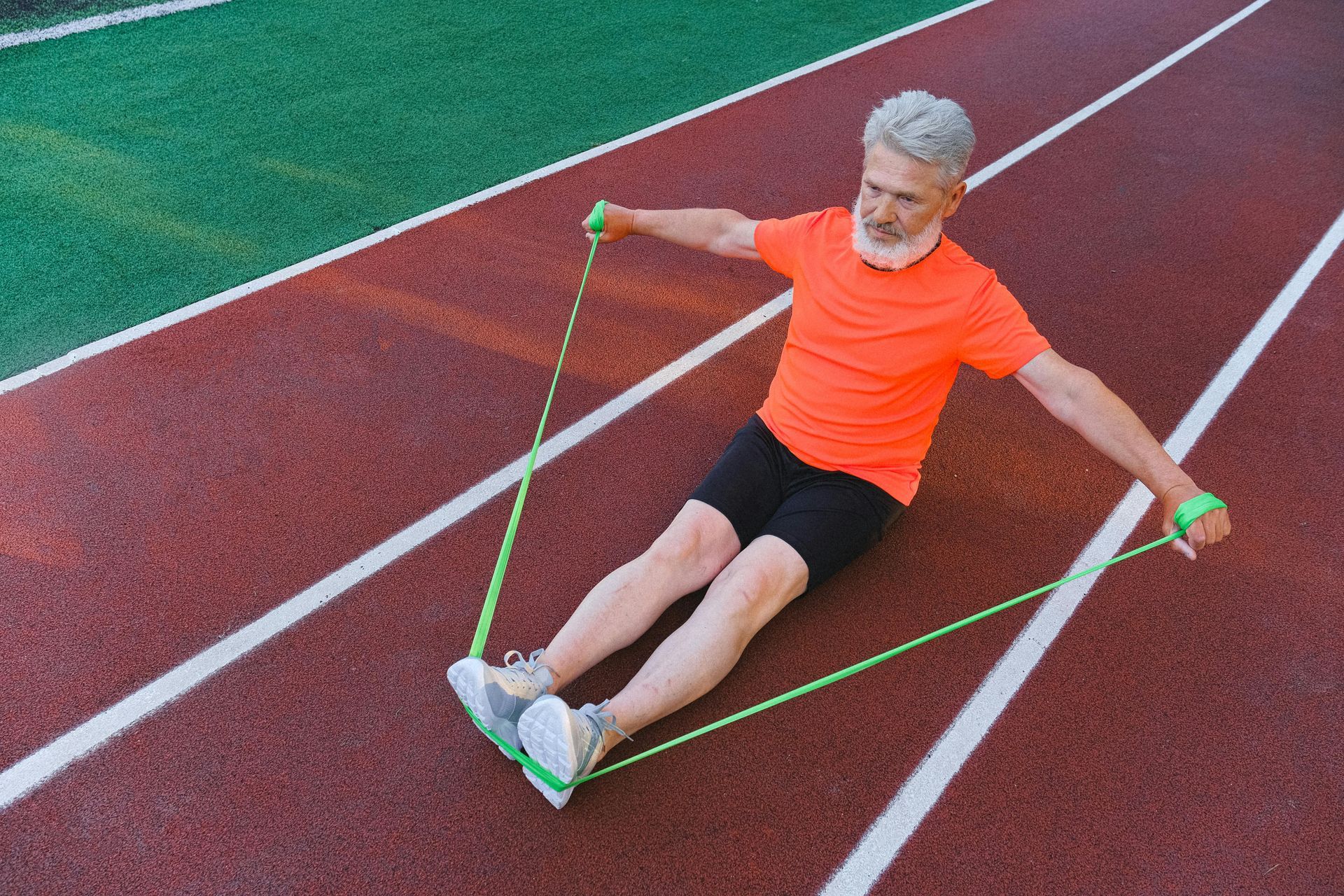Cupping Therapy : Science and its benefits

Cupping therapy has been a popular treatment for centuries, but its rise in modern sports has sparked renewed interest.
It’s not just an ancient practice anymore, athletes at the highest levels, like Olympian swimmer
Michael Phelps and World Tour cyclist
Chris Froome, have incorporated cupping therapy into their routines to enhance performance, aid recovery, and prevent injury.
How Does Cupping Therapy Work?
Cupping involves creating suction on the skin using cups made of glass, silicone, or plastic. This suction lifts the skin and underlying tissue, triggering a cascade of physiological changes in the body.
Science-Backed Benefits:
- Increased Blood Flow
- Cupping improves circulation to the treated area, delivering more oxygen and nutrients to tissues while clearing metabolic waste like lactic acid. This can help tired muscles recover faster.
- Chemical Reactions in Muscles
- The therapy stimulates the release of
nitric oxide, which regulates blood flow and reduces oxidative stress. This can lower levels of inflammation in the muscle tissue and aid recovery.
- Breakdown of Fascial Adhesions
- Cupping can reduce tightness and stiffness in the fascia (connective tissue), improving flexibility and range of motion.
- Reduced Inflammation
- By promoting the release of anti-inflammatory molecules like interleukin-10 (IL-10), cupping helps reduce pain and swelling.
What Makes Cupping Popular Among Elite Athletes?
Michael Phelps
During the 2016 Rio Olympics, Michael Phelps became the face of modern cupping therapy. The circular marks on his shoulders and back showed his reliance on the treatment for:
- Faster Recovery: By improving blood flow and removing metabolic waste, Phelps used cupping to recover quickly between training sessions and events.
- Injury Prevention: Regular sessions helped reduce muscle tightness and improve flexibility, minimising his risk of strain or injury.
Chris Froome
As a professional cyclist, Chris Froome turned to cupping therapy to manage the physical demands of training and competition. For Froome, cupping:
- Enhanced Recovery: Cycling involves repetitive strain, particularly on the legs. Cupping therapy helped ease muscle fatigue and inflammation after long rides.
- Improved Performance: By keeping his muscles in optimal condition, Froome could maintain peak performance over multi-day races like the Tour de France.
Who Benefits from Cupping?
While elite athletes have brought cupping into the spotlight, its benefits extend to anyone experiencing:
- Muscle soreness or fatigue
- Chronic pain (e.g., back or neck pain)
- Restricted mobility or tightness
- Inflammatory conditions (e.g., arthritis, tendonitis)
- Stress and tension-related issues
Takeaway
Cupping therapy is more than just a trend, it’s a proven recovery tool backed by science and endorsed by elite athletes like
Michael Phelps and
Chris Froome.
By enhancing blood flow, reducing inflammation, and promoting tissue repair, cupping therapy helps athletes and everyday individuals recover faster, prevent injuries, and keep moving at their best.
If it works for Olympic swimmers and world-class cyclists, imagine what it could do for you!
References
- Popkin, B. M., D’Anci, K. E., & Rosenberg, I. H. (2010). Water, hydration, and health. Nutrition Reviews.
- Armstrong, L. E., & Casa, D. J. (2012). Optimal hydration strategies. Journal of the American College of Nutrition.
- Shirreffs, S. M., & Maughan, R. J. (2000). Rehydration and recovery of fluid balance after exercise. Exercise and Sport Sciences Reviews.
- Noakes, T. D. (2012). Waterlogged: The Serious Problem of Overhydration in Endurance Sports. Human Kinetics.
- Lauche, R., et al. (2017). Cupping for chronic pain: A systematic review and meta-analysis. PLOS One.
- Michalsen, A., et al. (2009). Effects of traditional cupping therapy in patients with carpal tunnel syndrome. The Journal of Pain.
Blogs














